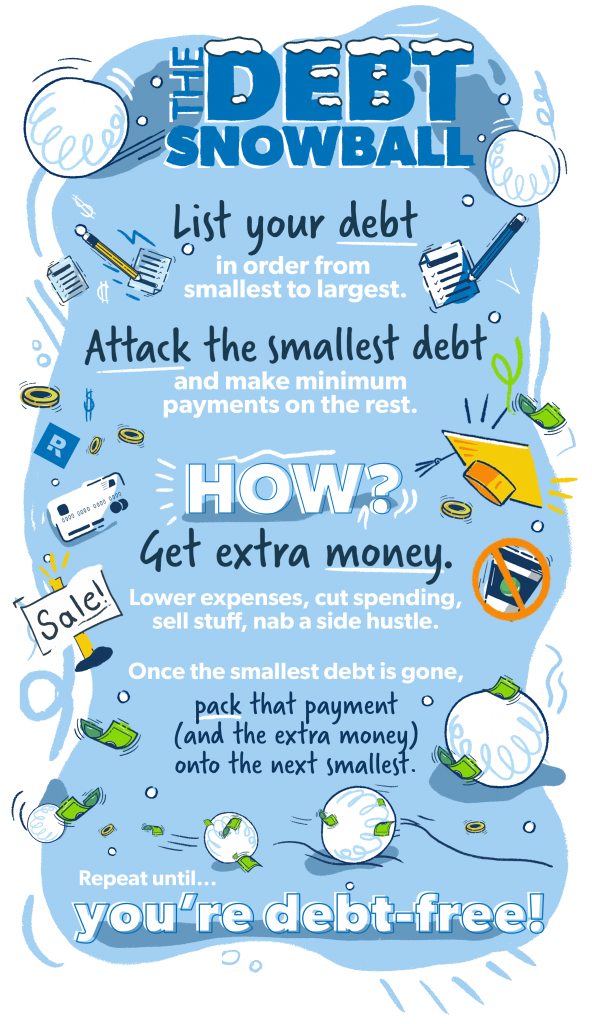Convincing yourself that you are not spending real money is easy when you charge for items on your credit card. Technically, you are correct! You are not spending money, in fact, you are borrowing money.
Using your credit card means that you will have to pay the bill eventually. The promise of small minimum payments can entice you into thinking that these purchases are bargains. Unless you pay back the purchase immediately, you will not feel the pain of the bill for another month.
Be responsible with your credit card by treating it like cash and swiping only what you know you can pay back in full. You can reap its benefits by using your credit card in the following situations.
#1: GROWING YOUR REWARD POINTS
Many credit cards provide reward points for certain categories of spending like groceries, gasoline, air fares, and restaurants. When earning thresholds are reached, points can be redeemed for travel, shopping, and more. Choose a card that best suits your spending patterns.
#2: PAYING RECURRING BILLS
As long as you make payments on time, recurring payments will keep that line of credit open so you can continue to maintain or boost your credit score. Any recurring payments you have such as subscription on Spotify or Netflix can be paid through your credit card.
#3: SHIELDING YOU FROM EMERGENCY
Are you ready for unexpected expenses? When this happens, you need some time to cushion the blow. You can use your credit card in case of an emergency, including fixing, changing your tire or repairing a broken window. Be sure to repay more than the minimum on your credit card payments to avoid unnecessary interest.

Image Credits: unsplash.com
#4: SHOPPING ONLINE
Senior Industry Analyst at CreditCards.com once said: “Chip-enabled cards are very good at deterring in-person fraud but that doesn’t help you online, and that’s where most of the fraud has gone.” You can use your credit card when shopping online instead of shopping with your debit card.
Check your browser and shopping apps to ensure that your debit card is not saved on any of these platforms. You can either add your credit card information or delete all your card information to make it harder for you to overspend online.










